Why nostalgia is good - The Noel D'Cunha Sunday Column
In a cafeteria, during the Labelexpo India 2018, MN Pandey recalled his journey from being a teacher to a consultant to a media group, to a printer, and how even then he was particular about details. Listening to him I could sense the picture of the future he wanted to create – and which turned out to become Avantika Printers.
01 Dec 2018 | By Noel D'Cunha
“We remember our past with fancy, and a longing for those good times, and that in the course relieve the stresses of the everyday deadlines that we as managers of our print company face,” says Pandey. “And in a way that’s good for us.”
Pandey started his career s a teacher of Mathematics and Sanskrit, before joining an advertising agency, Adenvoys Advertising, in 1980. He then became a consultant to Media Transasia, and then its full-time general manager operation in 1994.
He managed the in-flight magazine Swagat and Namaskar, which was printed in Bankok. “In those days we used to send advertisement and editorial 45 days before the publication date,” says Pandey. “For any media house, advertisement in the magazine is its bread and butter. Accommodating last minute advertisement was impossible. I shifted the printing from Bangkok to Mumbai.”
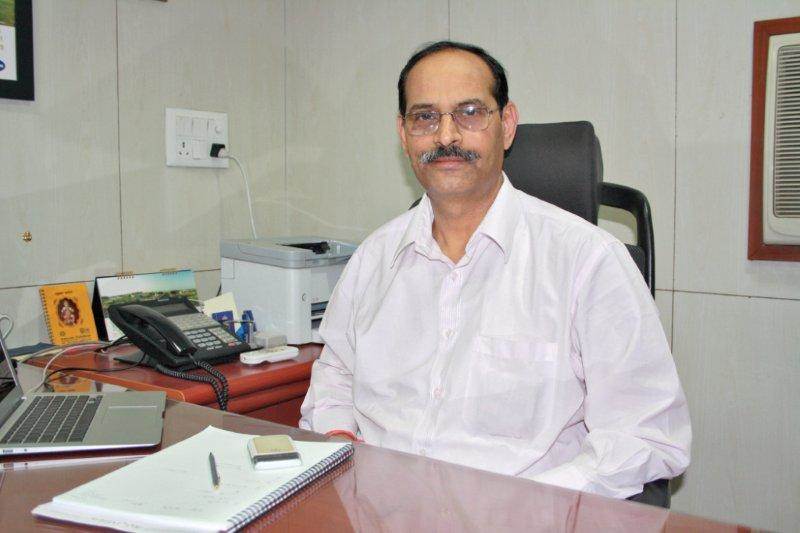
MN Pandey of Avantika Printers
A hustler, Pandey never settles just for the normal life, he creates his own path, and makes his own rules. He established Avantika Printers in 1988, and since then it has not looked back.
“It all began with our first kit – a screen printing unit,” says Pandey, who also invested in image maker, exposing unit, filmmaking and cutting machines.
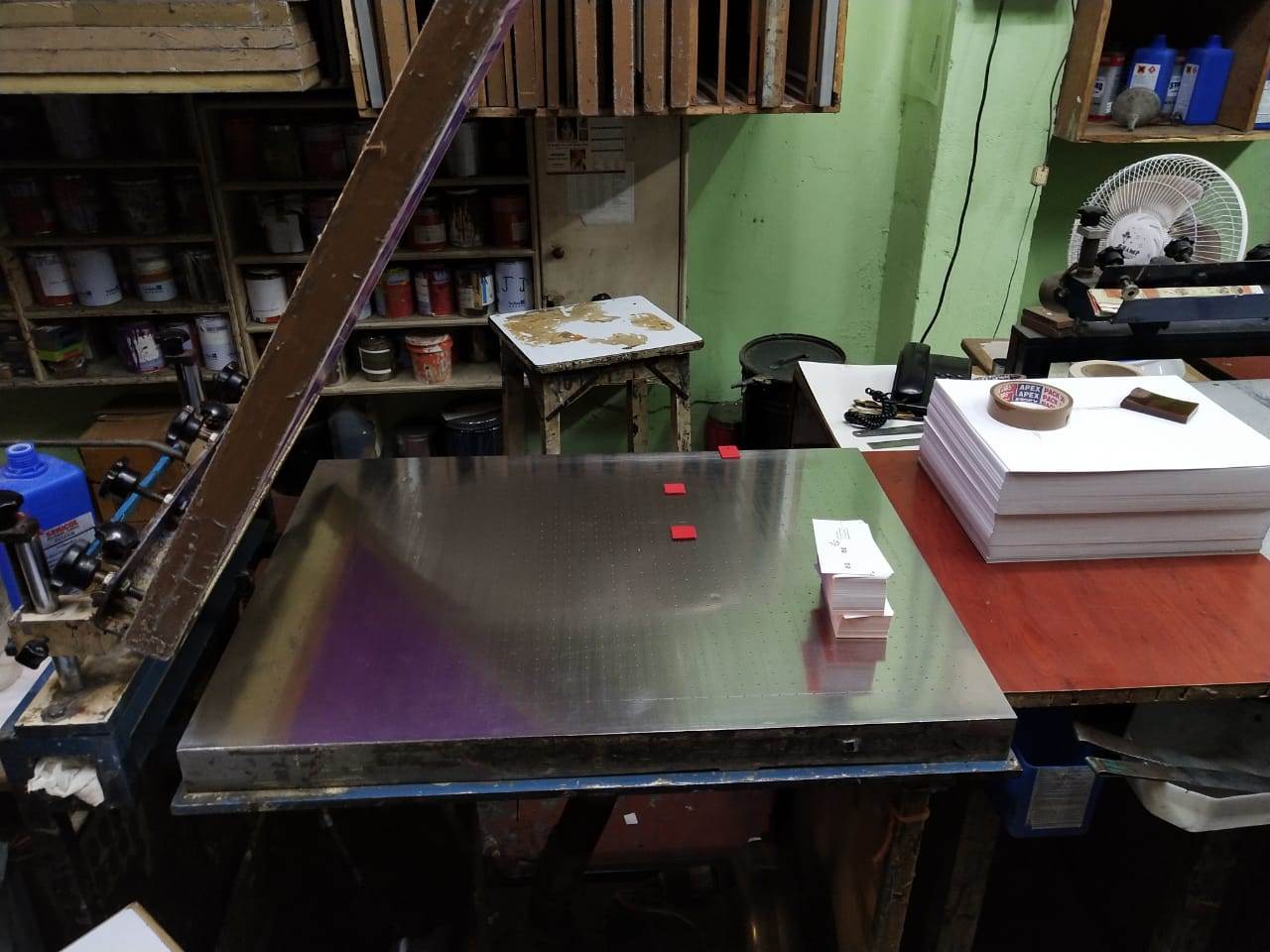
Screen printing unit at Avantika
But when it was time to move into a new space – the space of digital printing. “With someone who has a set of practices that was forward-looking, it made sense to move into digital printing.”
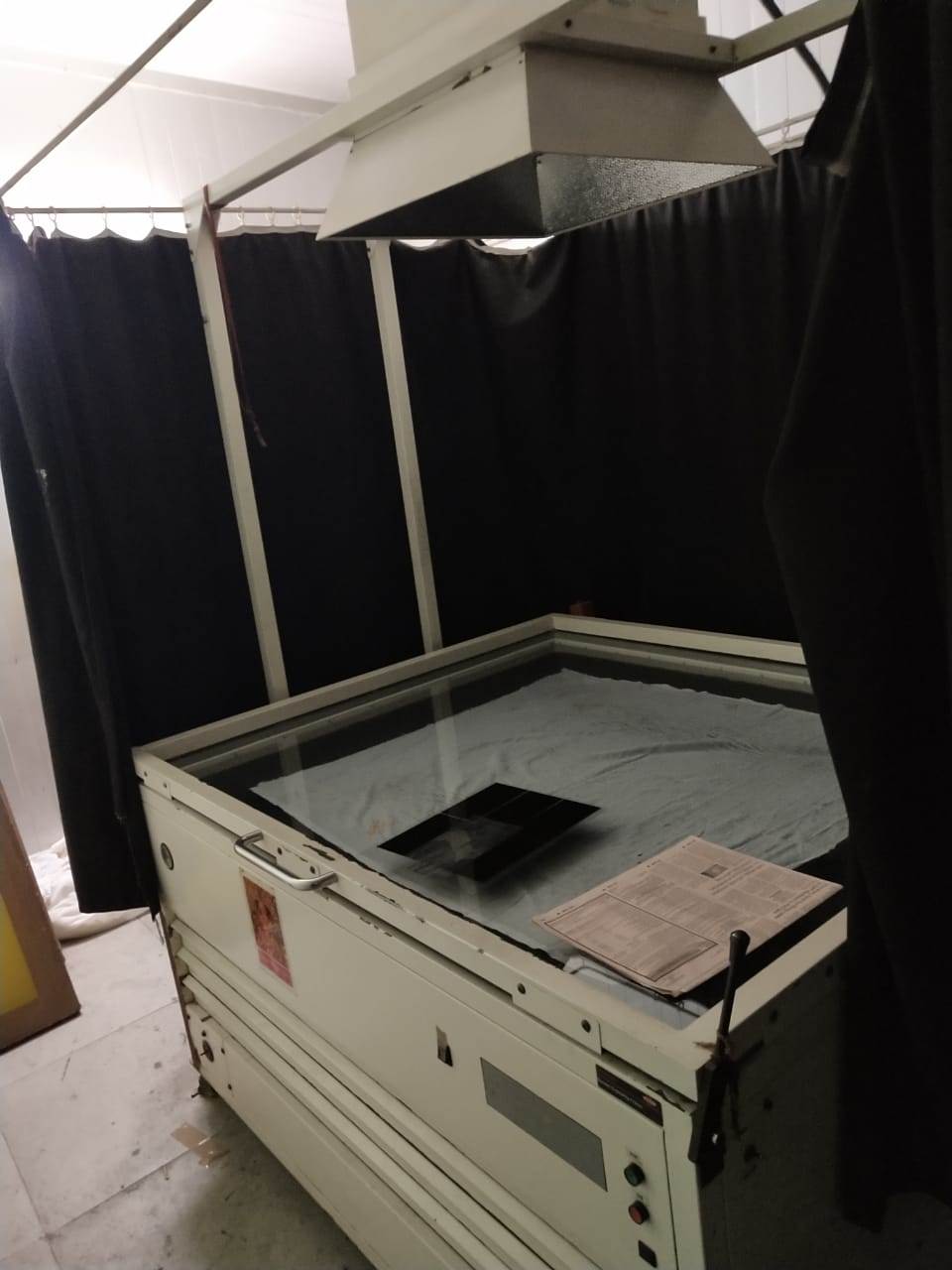
Exposing unit at Avantika
But screen printing has always remained a part of its business, many of its award-winning jobs having a dash of screen print in it. “Screen printing is part of our past. And though it is considered a spent force, it does not limit our goals but helps us compete against the giants of the field. It’s our change-the-game agenda.”
There are several such stories in our print industry.
Did you know that Chandigarh’s Azad Offset was started by a humble yet brave – Freedom Fighter- Major Amrit Lal? He was one of the founder members of ‘Azad Hind Fauj’ alongside Netaji Subhash Chandra Bose. “When he was released from prison by the British in 1947, he started this business as a small newspaper store with a few rupees in Ambala Cantt,” says Amol Azad.
Later Lal’s son Lalit Azad converted this bookstore business into one of the largest printing presses in this region. This was not free from setbacks, says Azad. “He had to start all over again from a negative bank balance in 1997 due to a dispute with his Partners. Good reputation, patrons, unlimited support from his family and well read & accomplished children have once again made Azad Offset Printers a force to be reckoned with.”
The company, Azad’s print journey started in 1997 with a Planeta PO2 single-colour printing press. A Klims German-made vertical enlarger camera, negative-positive making trolley helped produce offset plates. The binding section consisted of a cutting machine and stitching machine. The PO2 retired in 1979 and was sold off to a print shop in Sivakasi, though over the next six months later three more presses were added – Dominant 715, 745 and Solna 225.
“If you boil down the story of the initial investment, the three processes of completing a job, pre-press, press and post-press were in place. That was a strong point, and a major throwback,” says Azad. “This legacy continues, which has helped us to compete against the best in the world.”
History in photo-album
How many know that today’s premier photo-album specialist GK Vale was established in 1910 as Madras Photo Stores and was situated on the Brigade Road in the then Madras, now Chennai?
It was started by Gangadhar Kumara Vale, says Anand Sukumar. “My grandfather started the shop with a capital of Rs 100. He was so much into photography that he regularly cycled to Jalahalli with the studio equipment to take group photos of Army men,” says V Sukumar, managing partner of G K Vale.
The machine used were manual developing and manual enlargement. These machines were retired in the 1970s, when colour photo printing device came in as replacements.
That’s nostalgia.
It was again 1910 that a small but significant event was simultaneously being planned, which changed the course of photography history in the South.
GK Vale threw open its doors for business on Bangalore's finest address - South Parade (now known as MG Road).
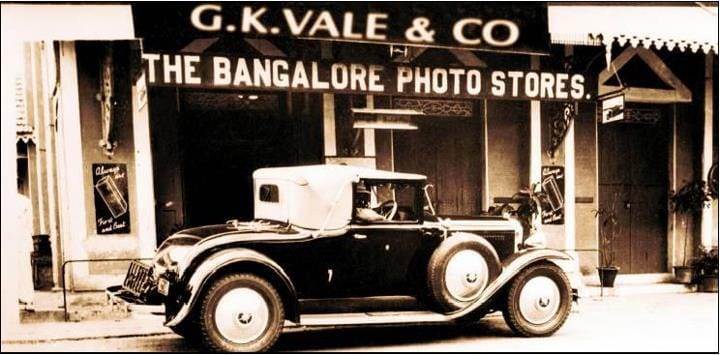
GK Vale's first unit in MG Road, Bengaluru; now it has 35 branches
Sukumar says, “Nothing was ever the same again for the photography domain, its benefactors, detractors, doubters and lovers. Soon word spread and people came from far and near to witness this historic event. GK Vale soon became a household name in Bangalore.”
This event unfolded in an era of sheer grandeur, pomp and show. “An era when royalty ruled the roost, Maharajas and Viceroys lorded over destinies. These were the times of intricate, painstaking hand-painted portraits,” reminisces Sukumar.
Yesterday GK Vale opened its thirty-fifth branch because of which Sukumar missed his flight to Mumbai, and I had to receive the PrintWeek India Photo Album Printer of the Year 2018 Award.
For GK Vale, nostalgia has played a part in its success, and extended the legacy of the brand. “Photography was still just being talked about in hushed tones in the confines of the homes of the rich and famous. Over the next 100 wonderful years, generations of Bangaloreans were thrilled to have their cherished moments imprinted in the emulsion for eternity,” says Sukumar.
By the way, please share your story with me, starting with the first kit your company began with. It’s a PrintWeek India Annual Issue of the Year – December 2018 special.
Here are a few questions you can respond to noel@haymarkesac.com before 6 December 2018.
- Who started the company and when?
- What were the machines and how were they used (for what kind of production)? Please give us as many details as possible.
- When was the machine/s retired and why?
- What happened to the machine? Was it sold off or is it still in your facility.
And yes, don’t forget to send in high-res photographs of the machine your company began with, and your growth story from thereon.


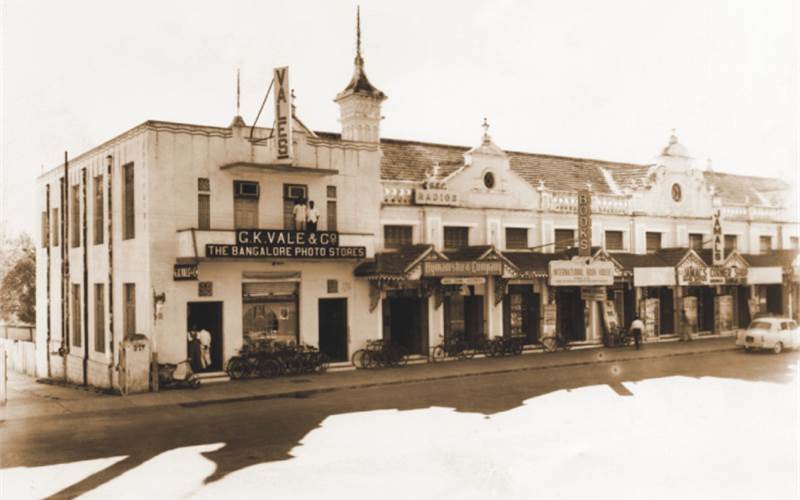

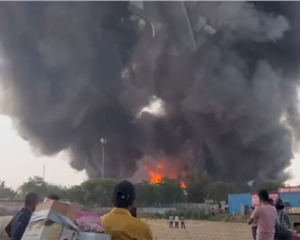
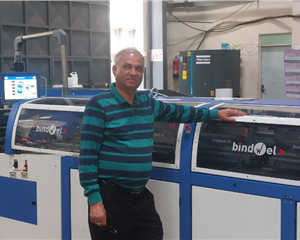








 See All
See All